Hey all, hope you’re doing well!
I’m sitting here Sunday morning unpacking from a short trip I took last week to the east coast of England—the Norfolk area, to be exact.
The trip was to restart work on one of my projects, which focuses on the history of WW2 airfields across the UK.
I started this at the beginning of the year and was really excited about it. However, after making images for a few months, I decided to put things on pause for a bit to evaluate the best way to approach it moving forward.
I find the history of the RAF and USAAF in the UK during WW2 incredibly fascinating. It’s something that’s grown on me as I’ve explored more and realised how many signs of the past are still waiting to be found.
The Norfolk area is a great example of this, as it was one of the most populated places during the war when it came to airfields (I believe there were over fifty). You can stop at any open field or patch of farmland and there’s a good chance you’ll come across old buildings in the woods, perimeter tracks, even parts of the old runways. But it is quickly fading and often forgotten about.
As I started to explore these places earlier in the year, I spent a lot of time documenting the old buildings surrounding the airfields. But it seemed like I was just capturing a lot of abandonment, which, visually, didn’t feel like the right direction or that it was doing justice to the history of it all.
But some time away from the project has me back with a renewed interest and some new ideas about how to approach it better.
For this recent trip to the Norfolk area, I wanted to explore one specific angle: to locate and photograph a number of old pieces of wartime artwork and graffiti.
If you watched a few of my previous videos, you’ll know that on one of my earlier trips, I was able to get access to an old USAAF base, which still had a number of pieces of original artwork painted on the walls.
I found it fascinating to know that pieces of history like this still exist and are out there waiting to be found. Also, knowing that they will likely soon be lost, it feels quite important to document them. Ever since that trip, I’ve been slightly obsessed with doing research and trying to track down other locations where this artwork can still be found.
On this recent trip, I had about six leads to explore, and I set out over the course of two days to find them (I made a video about the trip, which will be up in the near future). I ended up finding five out of the six locations, but most importantly, I found the one piece of wartime artwork that was at the top of my list.
For a few months, I’d been searching for the location of a large original mural that I’d seen online, and I was finally able to track it down in a small town near the north coast.
In this town, behind someone’s house, is an original building (most recently used for auto parts storage) that was originally the mess hall for a USAAF base. On one of the walls in this building is an incredible mural for the 392nd bomb group, which is in very good condition considering it’s over eighty years old.
This has to be, without a doubt, one of the most well-preserved and impressive pieces of wartime artwork still existing. And here it was, tucked away in a building that’s no longer used, with not many people knowing it exists. I can only wonder how much longer it’ll be around.
The owner was kind enough to give me access to photograph the mural and a few other pieces on some other walls, and I feel incredibly fortunate to have been able to document this piece of history.
Embracing New Approaches
This project is very different from anything I’ve worked on in the past. Its historical element at the centre brings a depth to it that is different from my other projects, and it’s brought a new energy with it that is welcomed.
It’s also brought a different approach, where the most important element is the subjects themselves. It’s less about getting creative with the camera and more about being an objective observer. The subjects and the history make the images strong. It’s not about creating the most dramatic or loud composition or waiting for dramatic light. If anything, it’s about letting the subjects speak and not causing distractions. The work is important because the subject matter is important.
It’s been a great reminder of the many ways that we can approach projects, how each one will fuel us differently, and that it’s important to embrace new interests and make changes when necessary rather than feeling like you have to stick to one way of working for your entire career.
In my experience, becoming too rigid and putting yourself in a box is a recipe for burnout.
Endless Opportunities
This isn’t to say that a historical focus is the best approach or right for you, but rather a reminder that there are so many different ways to do things and that each one will bring with it new opportunities.
Maybe for you, it’s about doing something conceptual.
Maybe it’s about your relationship with a place.
Maybe it’s something more abstract based on movement and colour.
Maybe you’re interested in documenting a single subject.
The options are endless.
For me, alongside this project, I have my Slate City work up in North Wales, and even though that does have a historical side to it, it’s more about trying to capture the feeling and energy of a place rather than documenting subjects of specific importance. For that reason, this WW2 work is a nice balance. It allows me to take a break from one approach and immerse myself in another.
Having the two different projects has been a good way to switch things up and help breathe life back into my photographic pursuit for those times when I need it.
So, I wanted to write about this today to share my experience and as a reminder that if you’ve been feeling bored, burnt out, or struggling with your work, maybe you’ve just been doing the same thing for a long time and it no longer speaks to you.
Don’t hesitate to branch out, try something new, and see where it takes you. You might be surprised by what it can do for your craft.
In my experience, the times when I stepped outside the box have been the most important and influential.
I hope you enjoyed this week’s issue, and as always, thanks for taking the time to read it. I have a new video going live tonight on YouTube where I’m answering a number of questions that were submitted to me through IG. There are some great topics in this one, such as how to photograph strangers, finding subjects, photo cliches, and more. I hope you’ll check it out! It’s up at 5 p.m. GMT.
Anyway, that’s it for now, talk soon!


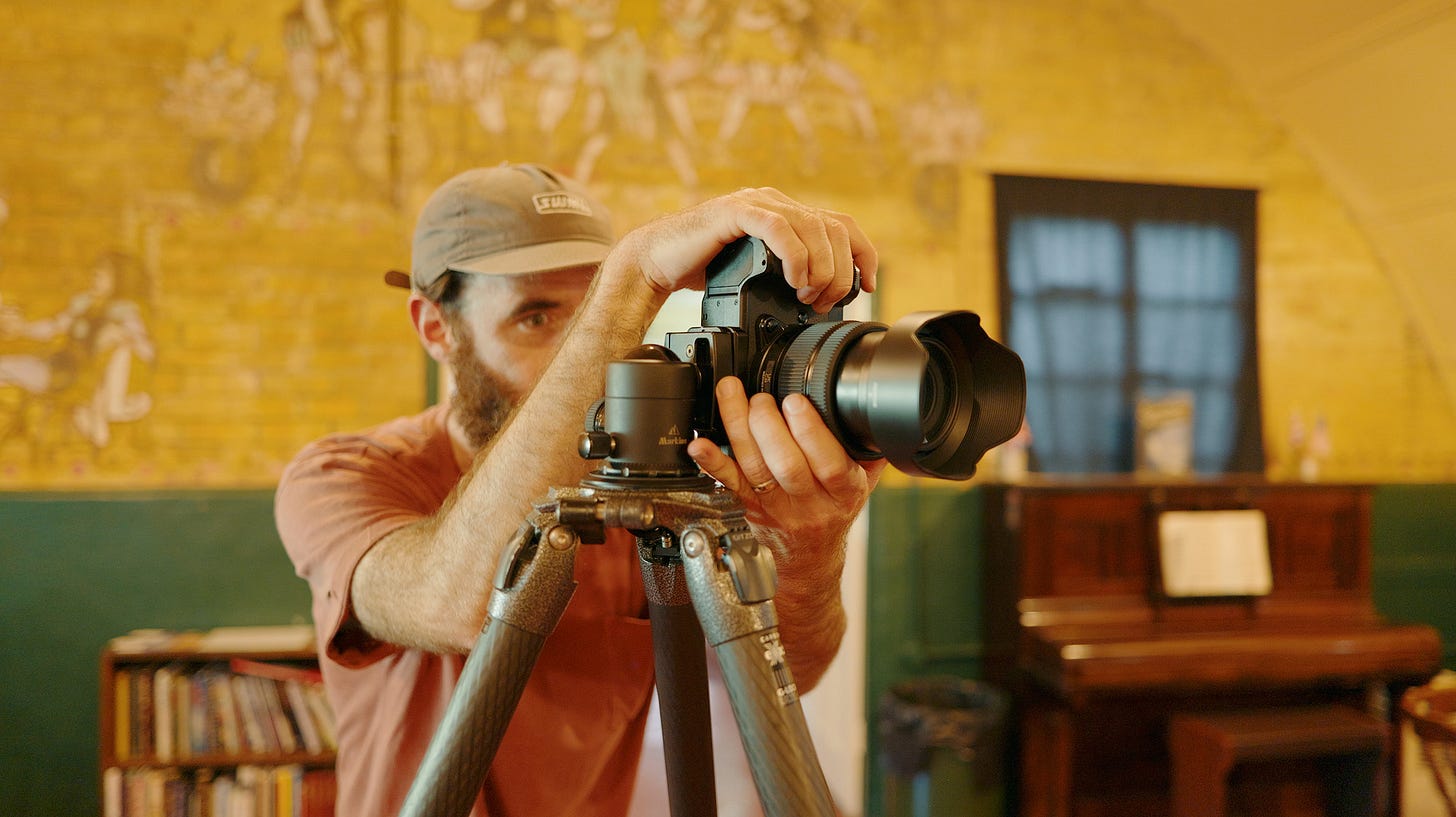
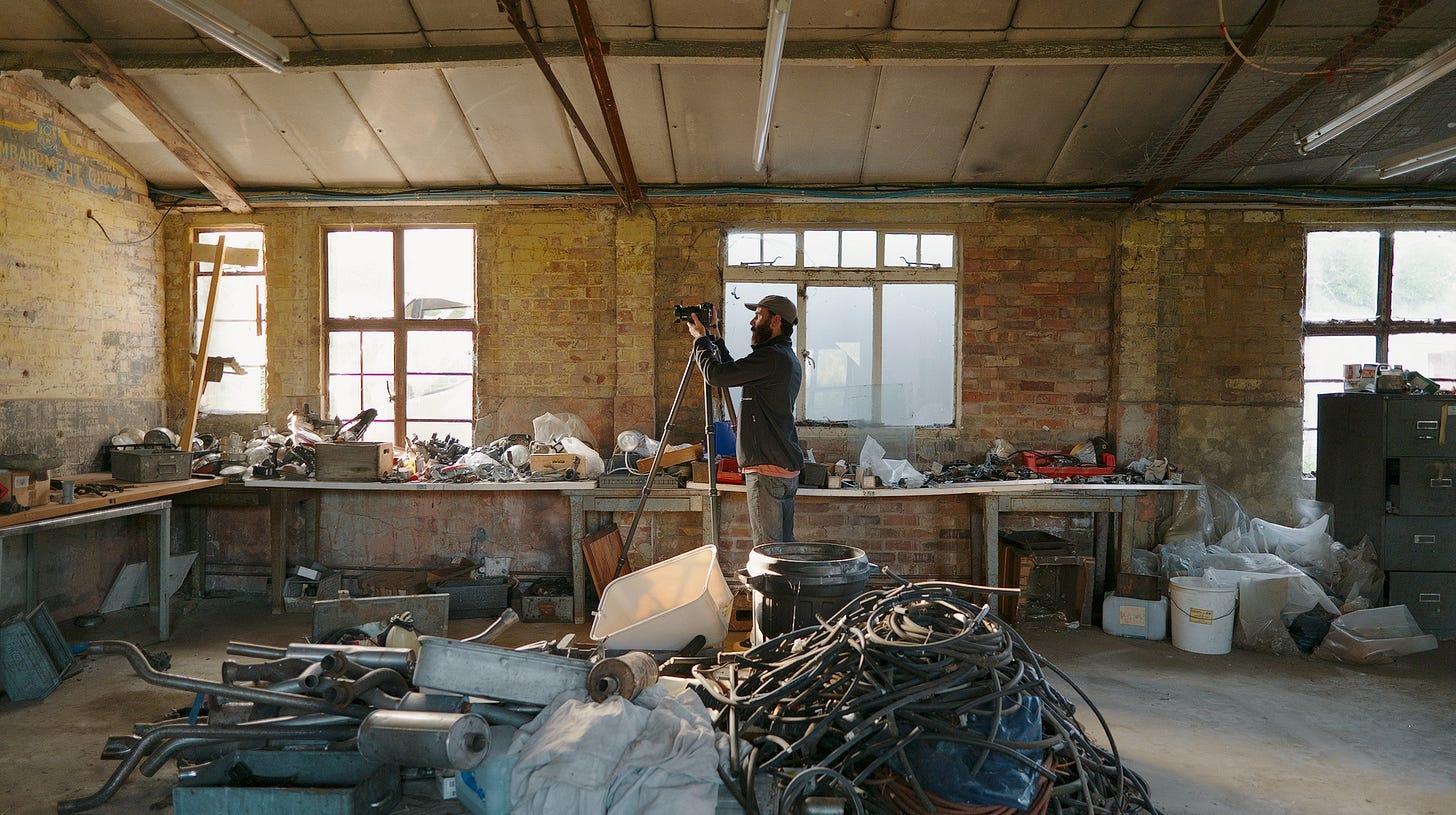
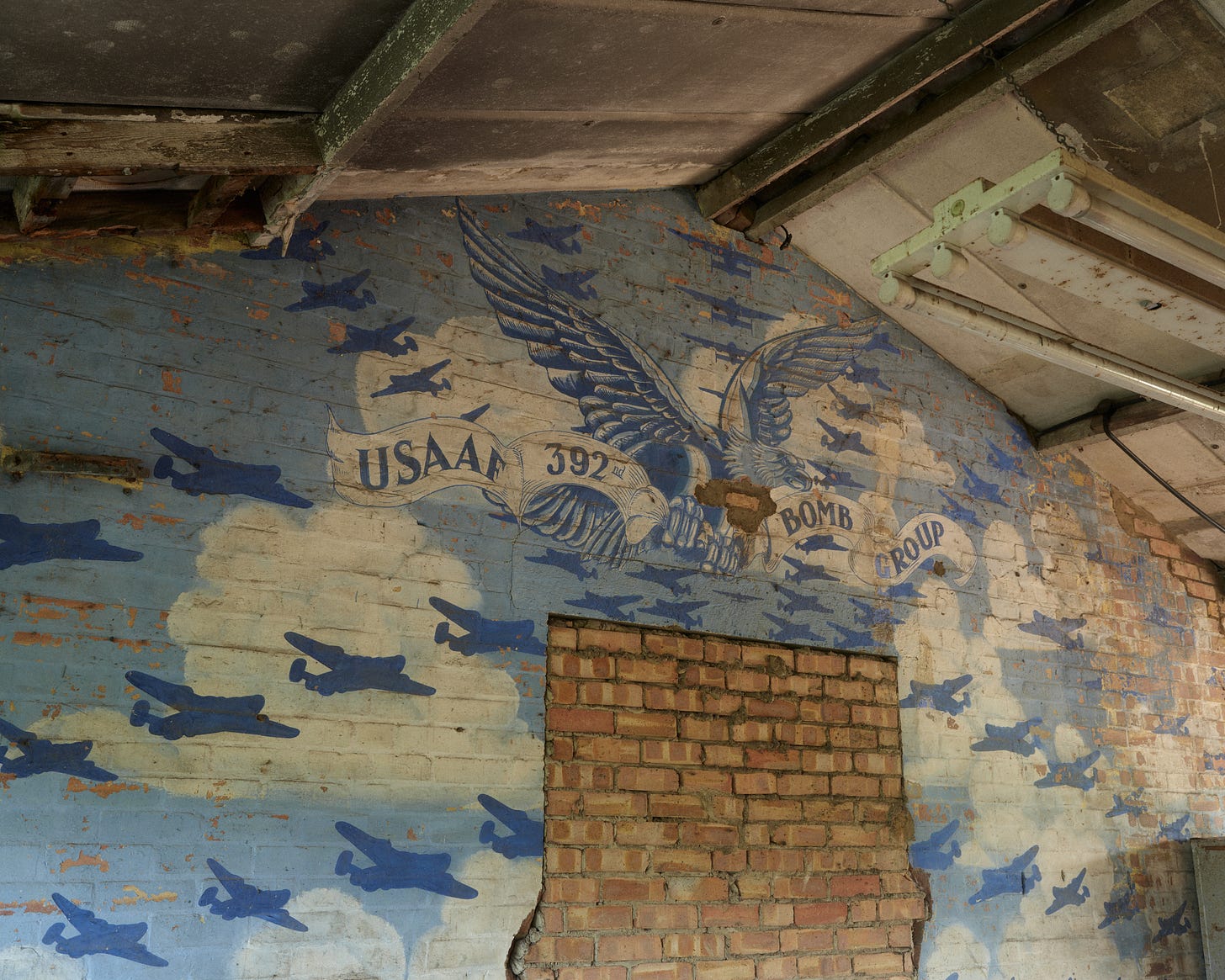
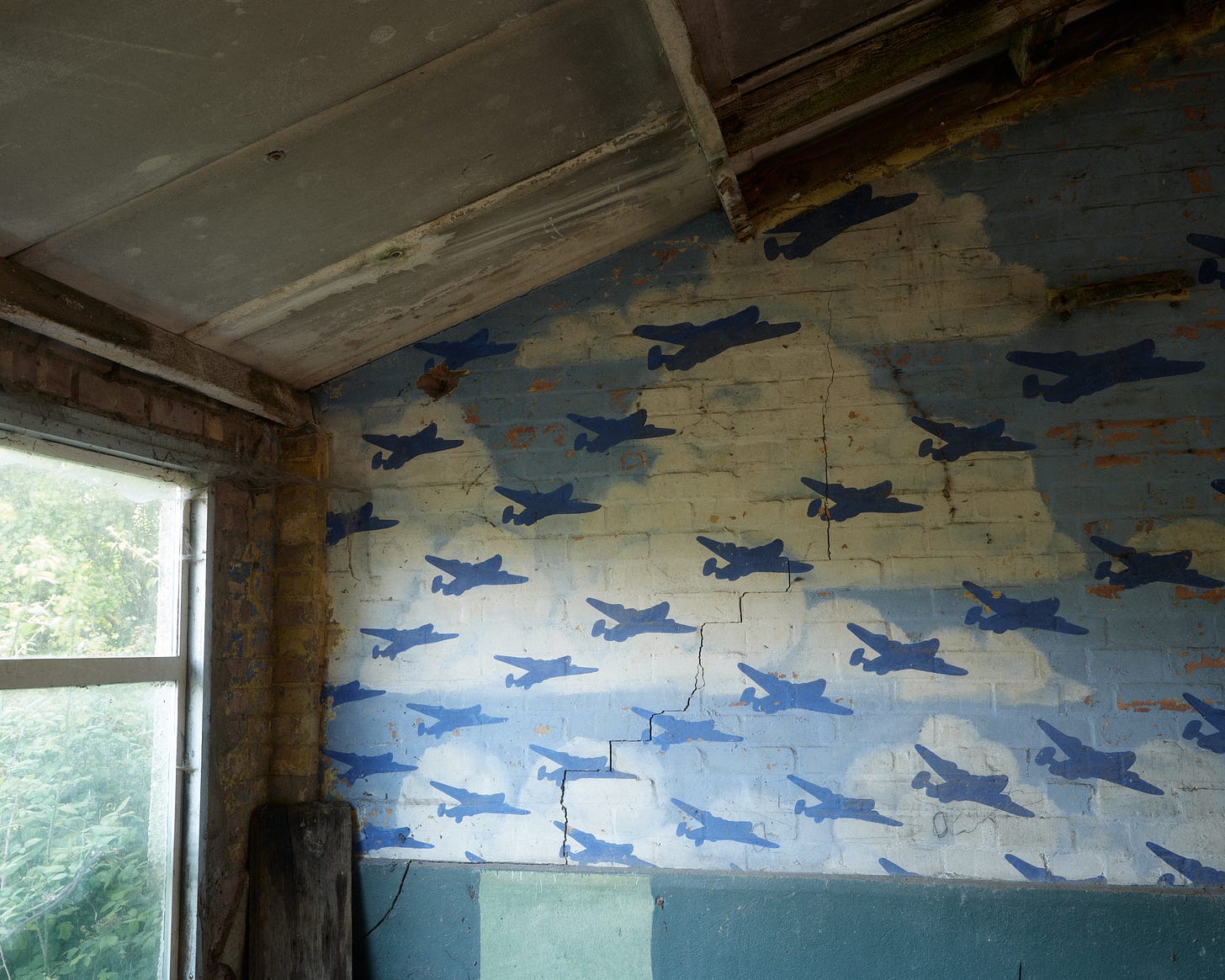
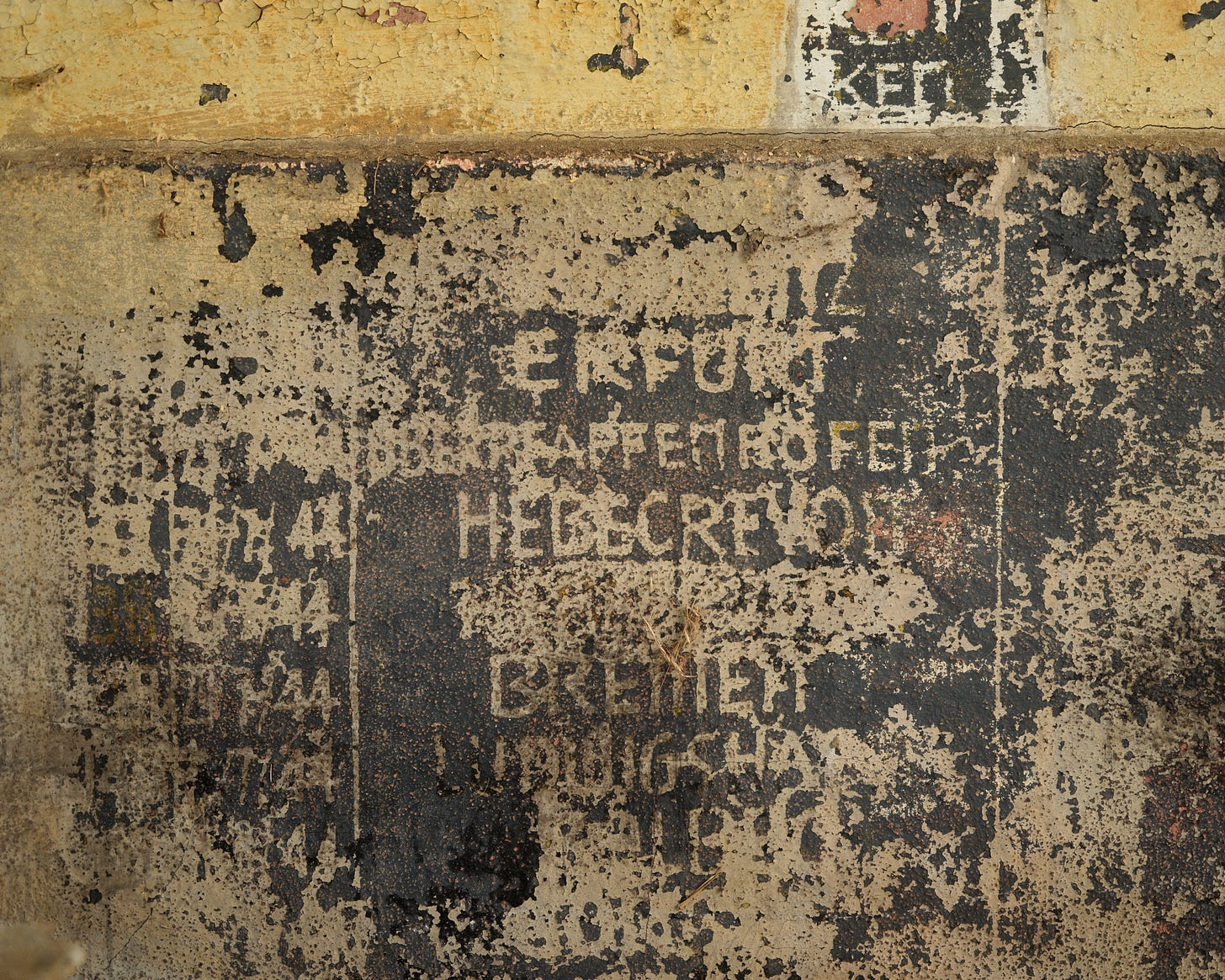
This sounds like a really interesting project. My grandparents lived in a small village called Ballyhalbert on the Northern Ireland coast. In 1941 the RAF established a airbase just outside the village. I believe it was used as a Base for fighter squadrons taking a break from the front line, and for long range squadrons providing air cover for the Atlantic convoys. My brother and I used to go and play on the airfield when we visited. Apart from the runway there were a few red brick buildings still standing. Eventually several caravan sites took over most of the runway and I believe almost everything had now been built over. During the war there were a couple of Polish squadrons based there and I often wondered what the Poles and the locals made of each other. It's a shame that these places just disappear over time and leave little trace. At least your project will ensure that some of them are remembered.
Wonderful piece. I can only imagine the excitement you felt in locating these subjects. Your work speaks to me. Just imagining what went on on those places. The danger in what they were doing. The high stakes involved. Imagine the conversations taking place within those walls. These are sacred places. I would be frozen in awe.